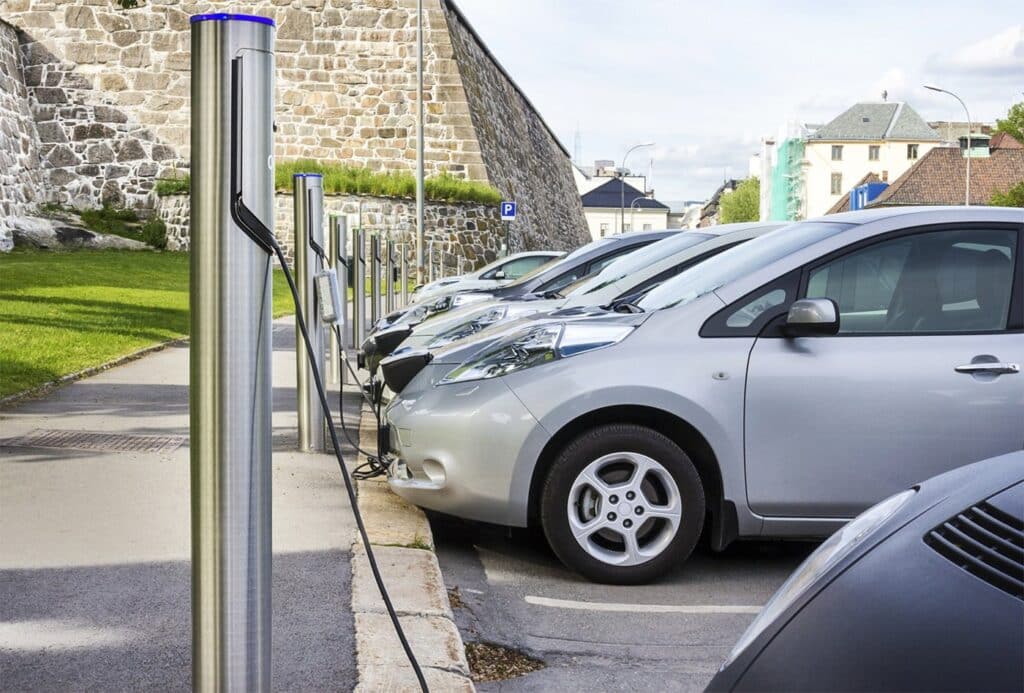
Public Charging for Electric Vehicles
Electrification has changed the way we move in the 21st century. Electric machines are gradually replacing internal combustion engines, and electric cars are becoming more and more popular. But to reap the full benefits of electrification, a dense network of public charging stations is required. The importance of public charging for electric vehicles and the evolution of this infrastructure in the world.
Public charging is crucial to the success of electric vehicles. Electric car owners need access to chargers outside their home network.
Electric vehicle mobility is emerging as the viable alternative to traditional internal combustion engine vehicles. One of the main advantages of electric vehicles is that they are clean and environmentally friendly, as they emit no pollutants and have a low noise level.
Governments and car manufacturers are actively promoting the adoption of electric mobility through various means, such as subsidies for the purchase of electric vehicles and tax incentives. However, the efficient use of electric cars depends on the availability of a dense network of public charging stations.
The Types of Public Charging Stations
Public charging stations are usually divided into two main categories:
- Slow Charging (Level 2): Level 2 chargers offer charging within a few hours. These stations are ideal for charging overnight, as well as recharging during the day during work commitments.
- Fast Charging (DC Fast Charging): Fast charging stations offer ultra-fast charging, allowing drivers to charge their battery in minutes. These stations are mainly installed along highways and in central locations.
The Benefits of Public Charging
Public charging offers many benefits to electric car owners:
- Increased Autonomy: Public charging stations allow drivers to travel longer distances without worrying about battery life.
- Ease of use: Most public charging stations work with cards or payment apps, making the process easy and convenient.
- Accessibility: Public charging stations are accessible to all, facilitating the use of electric cars by all drivers.

E-mobility platforms and applications
E-mobility platforms are particularly useful tools for promoting and facilitating the adoption of e-mobility. There are many advantages to using e-mobility platforms, which include:
- Access to a Wider Charging Network: E-mobility platforms provide information on where various charging stations are located in an area. This allows electric vehicle drivers to more easily find and use public charging stations.
- Update on the Status of the Stations: E-mobility platforms can provide information about the availability and status of public charging stations. This helps drivers avoid any delays due to station unavailability.
- Pricing and Billing Information: The platforms provide information about the cost of charging and the different payment methods. This allows drivers to choose the most economical charging method.
- Programming and Remote Control: Some platforms allow users to schedule their vehicle's charging and control it remotely via mobile apps. This offers flexibility and helps in efficient use of the vehicle.
- Strengthening Sustainable Mobility: E-mobility platforms help eliminate concerns about range and access to charging, thus promoting sustainable mobility.

Public charging is the main factor making electric mobility a reality. These charging stations ensure that electric vehicle drivers have access to charging wherever they are. As technology continues to evolve and the number of electric vehicles increases, public charging remains an important pillar of sustainable mobility towards a greener and more sustainable future.
Contact us for a complete public charging solution
